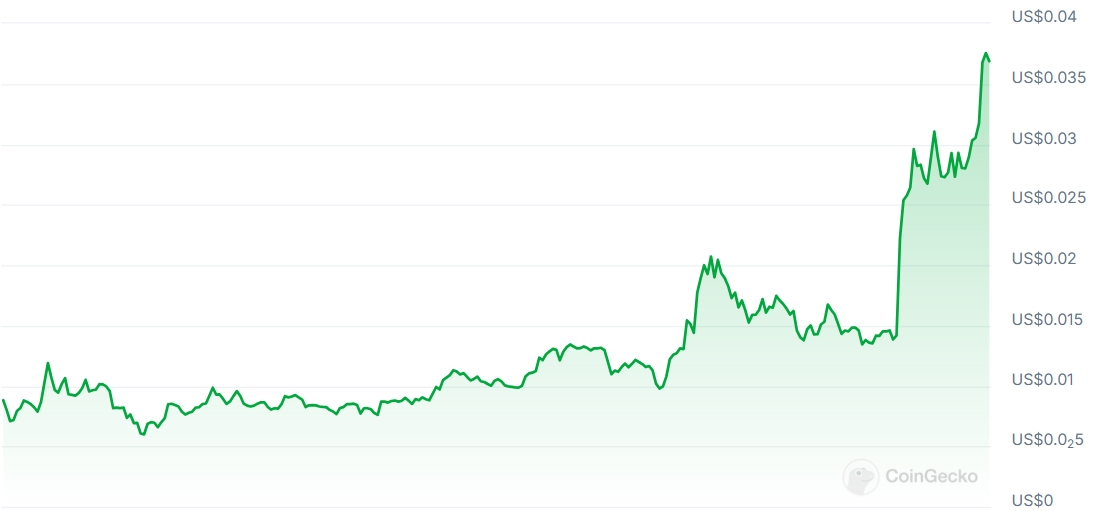Coin
Binance announced the launch of Alpha 2.0 today (18th), expanding the integration between the centralized exchange (CEX) and decentralized exchange (DEX). Now through Alpha 2.0, users can directly purchase tokens on the Binance exchange that were previously only available in the Binance Wallet Alpha zone.
Further reading: Binance launches a "voting on-off coin" new mechanism! Binance Wallet TGE project is fast-tracked to the Alpha observation area
What changes does Alpha 2.0 bring?
In the meme coin craze, most users need to conduct on-chain transactions through DEX to catch the opportunity of potential token surges. The launch of Alpha 2.0 is to develop functions for users who are deterred by the technical thresholds of asset transfer and on-chain operations, making the trading experience simpler and smoother.
Specifically, Alpha 2.0 brings the following three main advantages:
- Seamless purchase of on-chain tokens: Users do not need to withdraw assets to external wallets or additionally set up on-chain wallets, they can complete on-chain token transactions directly on the Binance exchange.
- Improve capital use flexibility: Users can directly use the funds in their Binance spot account or funding account to trade Alpha tokens, without the need for additional transfers, improving the flexibility of capital utilization.
However, BlockTempo also reminds that the tokens listed on Alpha 2.0 are usually high-risk, so please pay attention to the risks if you want to participate.
Alpha 2.0 launches TUT, with surging market trading enthusiasm
On the other hand, the token TUT, which went viral due to CZ's retweet, has also surged over 70% in price after being listed on Binance Alpha. According to CoinGecko data, the TUT price originally ranged from $0.006 to $0.036. After the launch of Alpha 2.0, the trading volume increased significantly, and the price soared to $0.036.
However, community analysis also pointed out that while TUT has indicative significance, it lacks actual application, and the short-term price surge may be affected by speculation, so the price volatility risk still needs to be noted.





